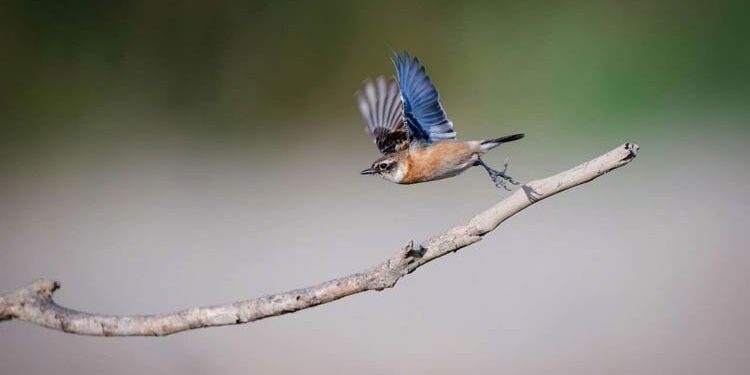Sometimes in an inquiry with a participant, the air becomes electric. It’s like they are standing at the edge of a cliff about to spread wings they didn’t know they had, in order to fly into the horizon of a new possibility. The exhilaration of inner discovery has completely captured all of us in the room. Not one of us is lost in distraction. We’re all radically present and nothing could be more compelling. This is the power of mindfulness inquiry.
Why Advanced Inquiry Skills Matter for Teachers
Many new and experienced mindfulness teachers struggle with inquiry because it is a difficult skill to master. Advanced Inquiry Skills aims to change this through three parallel learning processes:
- connecting in with our inner compass
- enhancing clarity about the models we have available as maps to guide us
- dedicating plenty of time to practice with peers
A Mindful Inquiry Stance
For mindfulness teachers, inquiry is more than a technique—it’s a stance. It reflects the heart of our work: to meet each moment with presence, to listen with deep attention, and to trust in an unfolding. As we deepen our inquiry practice, we offer students not just tools for mindfulness, but an invitation to see through limiting patterns and discover the wholeness already within them. Our mind, body and heart are all being asked to hold this faith in wholeness in trust for the participant.
A mindfulness inquiry stance invites a deep, embodied understanding of experience. It invites a trust in inner wisdom, both our own and that of the participant. It asks us to dance between humbly standing back and respectfully offering a carefully crafted facilitative question. It asks for a delicate touch. Rather than adding cognitive layers, inquiry invites presence and a soft investigation that opens space for insight and integration. Not surprising that teachers find that the skill of inquiry is the slowest one to master, with all this to juggle.
A Reflective Pause
Perhaps, if you’re curious, you’d like to pause and ask yourself if you can feel an ‘inquirer’s stance’? How does the body adjust in order to connect with it? Does your posture change? What do you notice in the heart area? Where is your centre of gravity?
When we embody an inquirer’s stance, we are a living model of the teachings we are hoping to transmit as a way of being in the world.
Personal and Professional Development Come Together
Participants frequently give feedback at the end of the Advanced Inquiry Skills course saying that the course was as much a personal development experience as a professional one. This points to the beauty and joy of being a mindfulness teacher. Our own inner journey of presence and self-connection is not only relevant to, but fundamental to our professional development. Out of this comes the capacity to hold the tension between a world that wants to fix and solve, and a practice that trusts emergence to happen by itself, if given the nurturing conditions of presence and allowing.
Self-inquiry and sharing inquiry with peers, both of which are part of the course, help us stay connected to our own humanity—our fears, resistances, and longings—which, in turn, fosters compassion and authenticity in the teaching space.
Finally…
It’s an ongoing journey of learning and unlearning, of showing up more fully for ourselves and those we serve. And in this shared field of awareness, real transformation is possible —not just for our participants, but for us as well.
Join Fay for an online Advanced Inquiry course starting 30th September
Advanced Inquiry Skills – Mastering Not Knowing


